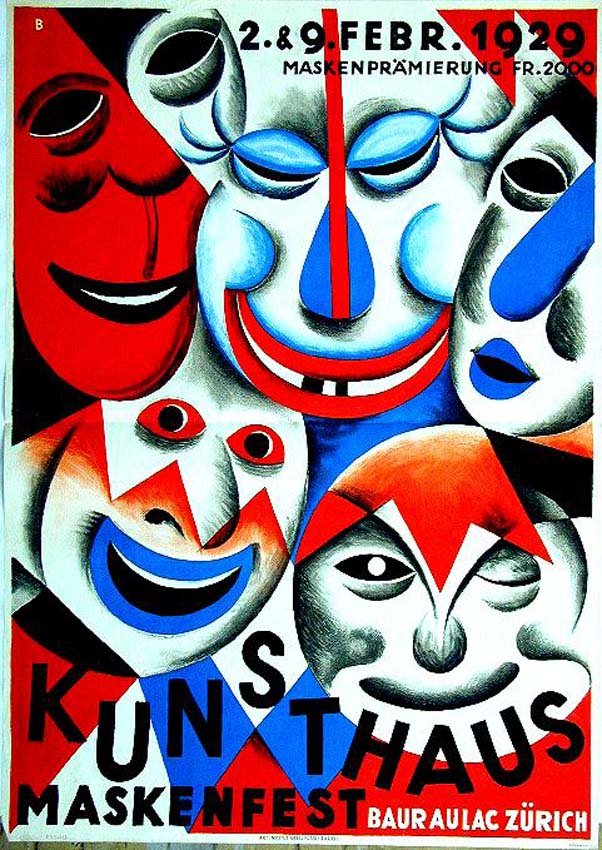
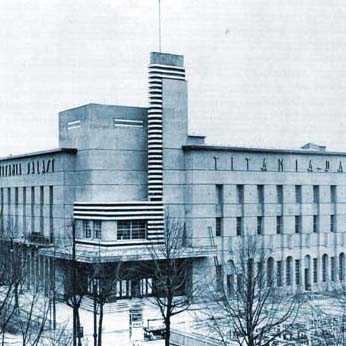
Titania-Palast
In late January 1928, Berliners witnessed the opening of a luxurious, state-of-the-art cinema and theatre complex in the unlikely setting of the south-western suburb of Steglitz.
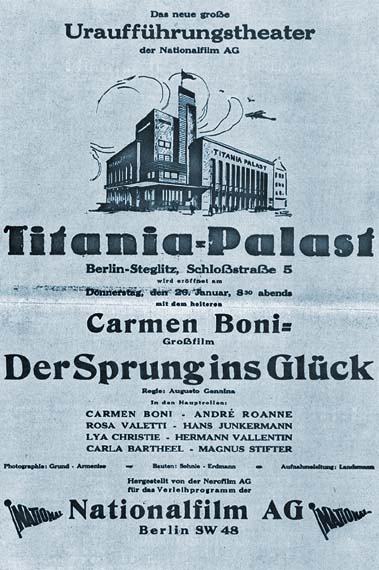
The 2,000 seater Titania-Palast opened on 26th January 1928, with the gala premiere of the silent film Der Sprung ins Glück starring the Italian actress Carmen Boni, local-born star Hans Junkermann and cabaret stalwart Rosa Valetti.
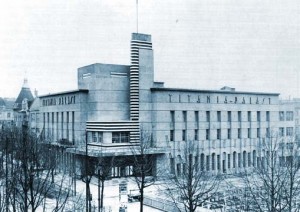
The opening night was an extraordinary event with crowds taking to the streets and local press of the time describing it as more akin to a state occasion than a theatre opening.
The grand entrance on the corner of Schloßstraße and Guthsmuthßtraße, led into a beautiful Art Deco foyer containing a cafe and a cloakroom for 1700 coats.
The first films were accompanied by an orchestra of 60 musicians, and a supporting program of cabaret and vaudeville. Within 18 months of the cinema’s opening, the first ‘talkies’ were being screened and the crowds flocked in for the next three years.
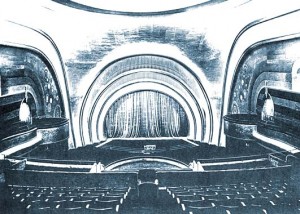
By the Spring of 1933, the cinema had come under the ‘ownership’ of Josef Goebbels and his ‘Ministry of Public Enlightenment and Propaganda’.
The programme from then on was very much Nazi propaganda films and by 1937 the party had taken over control of Germany’s largest film studio Ufa, and the Titania-Palast was its flagship.
Surprisingly, the cinema survived the war almost intact and on 26th May 1945 staged the first post-war performance by the Berlin Philharmonic. The cinema came under the control of the American forces in 1948 and the programme continued with a mix of films, operetta, concerts and special events.
The Titania-Palast was host to the first ‘Berlinale’ film festival in 1951 and in 1953 equipped with Cinemascope sound.
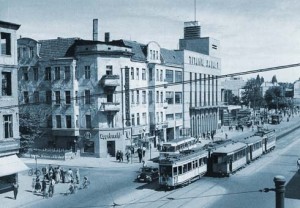
Throughout the next decade the venue hosted concerts by world-wide stars like Maria Callas and Louis Armstrong.
On 30th May 1960 Marlene Dietrich played a ‘homecoming’ concert.
Despite fears that she would receive a hostile reception, Marlene walked to the venue, greeting waiting fans outside and went on to receive a standing ovation and 18 curtain-calls.
By the early 1960′s, attendances had begun to decline sharply and the last film was screened in December 1965. The building was leased by the Berlin Municipal Electricity Company, Bewag, who prevented it’s demolition. The main foyer was given over to retail space and the auditorium used as a rehearsal stage.

By the early 1990′s, work had begun to restore the venue and divide the vast auditorium into smaller, more manageable spaces.
On 24th May 1995, after nearly three decades in the dark, the first films were shown in five brand new cinemas, with two more halls being added in August 2007.
The original name was reinstated in 2008.
